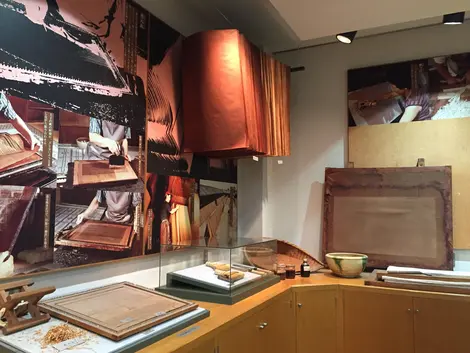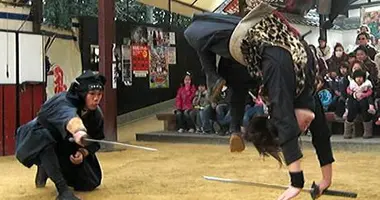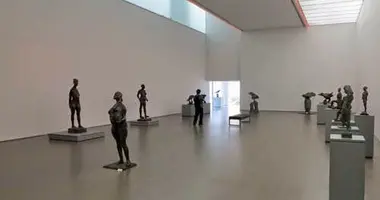Ise Katagami Museum 伊勢型紙資料館
Paper lace
In Suzuka, in a setting steeped in history, the Katagami Museum of Ise highlights the traditional craft of the region: katagami, or the age-old art of cutting paper stencils that requires meticulousness, dexterity, and patience!
Origin and definition
Katagami, also called Ise-katagami, is a technique created by textile artisans in the late Kamakura period (1185-1333) to dye fabrics and decorate clothing using stencils cut from paper. During the Edo period (1603-1868), this craft experienced an unprecedented craze thanks to the wealthiest classes and the new bourgeoisie of Edo who loved the sumptuous kimonos decorated using this technique.
Read: Wafuku, traditional clothing
The most important centers of production, located in Suzuka in the province of Ise (current prefecture of Mie), thus prospered greatly for two centuries. Most of them are settled in the south of the city, in the districts of Shiroko and Jike. The skill of the master craftsmen of the city is still famous today throughout the land. But this recognition will extend well beyond the borders of the archipelago.
At the end of the 19th century, amid the wave of Japonism, European artists discovered these elegant stencils. Art Nouveau and then Art Deco drew inspiration from these paper laces to create a new repertoire of forms.
The importance of paper
Designated the country's Intangible Cultural Property in 1952, the art of katagami is an arduous craft requiring extreme skill. Six master craftsmen were thus designated "Living National Treasure" in 1955; the ultimate recognition of their imperfect mastery. The realization of a katagami stencil is done in several steps. The first of these, the preparation of the paper is essential because it guarantees the smooth running of the steps to come. The paper used is a high-quality washi paper called minogami. Each stencil consists of three overlapping sheets of this paper. These are covered and glued together using kakishibu. This fermented persimmon juice, rich in tannin, gives the stencil its brown tint. The future stencils are then dried in a smokehouse for 7 to 10 days and then placed in reserves for about a year; the rest time is necessary to allow the paper to reach the ideal stiffness.
The art of cutting
Once the paper has stiffened, the time for cutting has come. There are four different cutting techniques: tsukibori, cutting using a small penknife equipped with a 1 to 2 mm tip; the shimbaori where parallel lines are cut; the kiri-bori in which the design is formed by a multitude of small dots executed with a finely sharpened semi-circular point punch and finally, the dogu-bori, a cutout with a cookie-cutter whose tip is in the shape of a pattern (cherry petal, pine needle, etc.). An extremely complex pattern can require up to 8 hours of continuous cutting!
Finally, the stencil, coated with waterproof rice paste, is applied to the fabric. The latter is immersed in a dye bath which will reveal the colored patterns. This whole complex process requires years of training and work for craftsmen to be perfectly acquired and mastered.
To go further: Kyo Yuzen, fabric dyeing
In the heart of an old workshop
The museum is housed in the very first katagami shop workshop in Suzuka City. This historical monument of the city was the workshop of the Terao family, active paper wholesalers during the Edo period. One of the family heirs donated the family shop to the municipality to house the future katagami museum.
After extensive restoration, the museum opened its doors in 1997. In addition to impressive collections of stencils and the reconstruction of a workshop, the museum offers demonstrations and introductory workshops on the various techniques. Will you be patient and skillful enough to hope to make a katagami stencil?
Address, timetable & access
Address
Phone
059-368-0240Timetable
5 min walk from Shiroko StationPrice
FreeAccess
Open 10 am to 4 pm. Closed Mondays and Tuesdays, the 3rd Wednesday of the month, and New Year's Day.
























